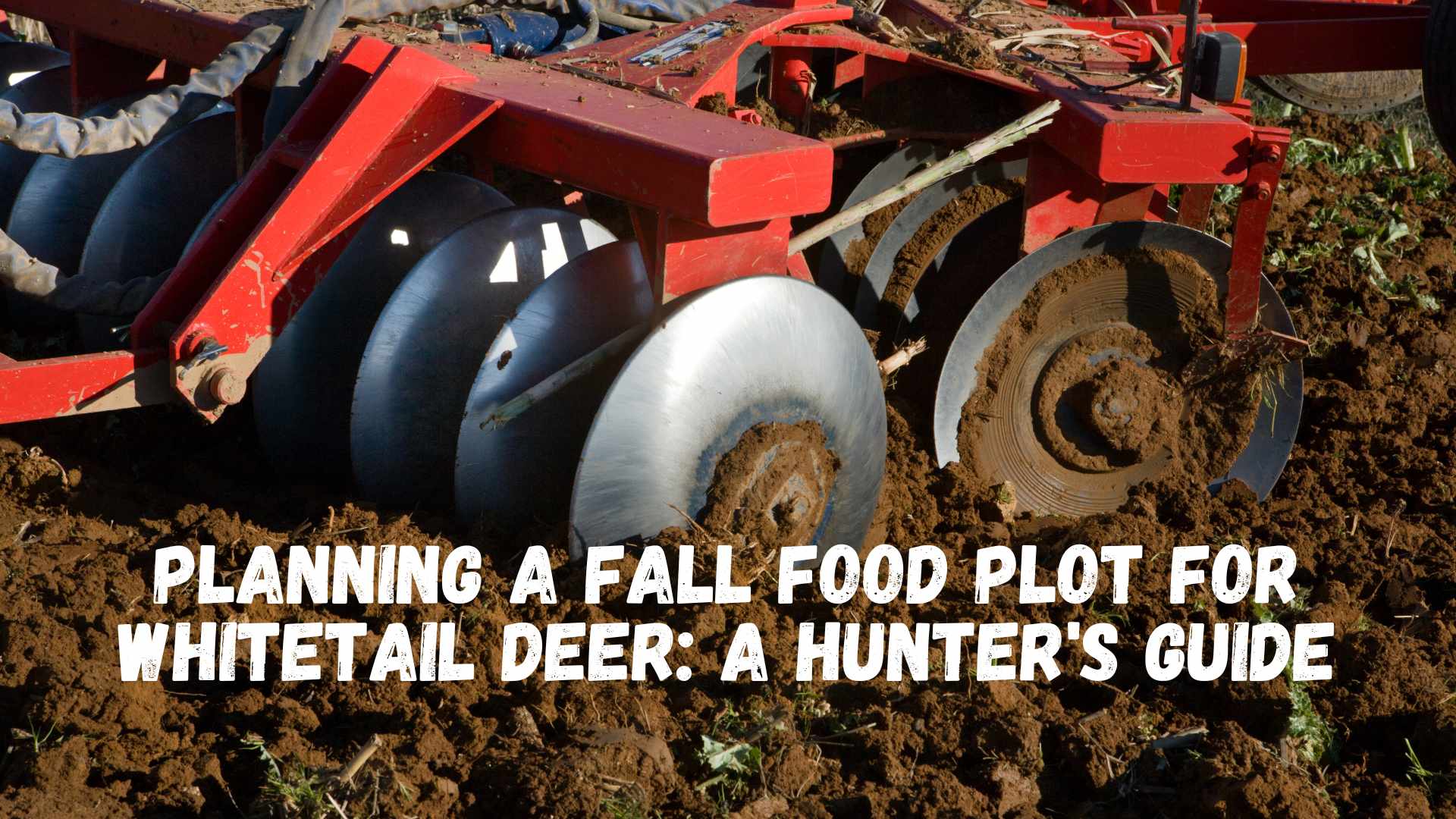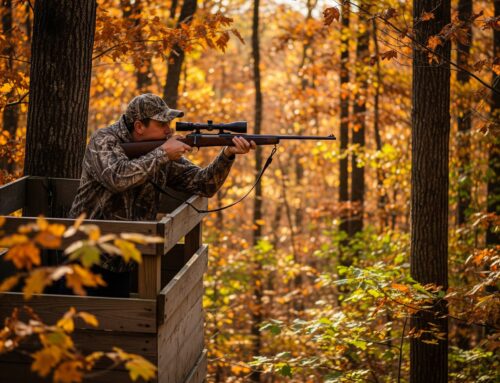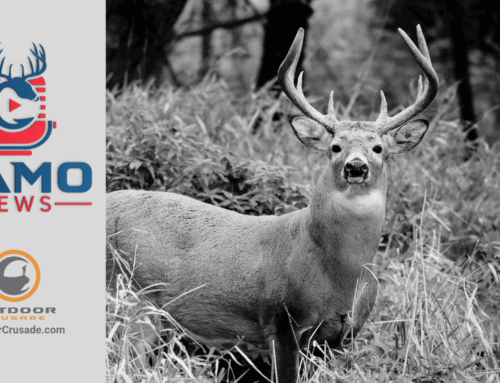As the leaves begin to change color and the air turns crisp, fall marks the ideal time to prepare a food plot for whitetail deer. Creating a successful food plot involves careful planning and execution to attract deer and ensure a bountiful hunting season. Here’s a comprehensive guide to help you get started.
1. Choosing the Right Location
The first step in planning a fall food plot is selecting the perfect location. Consider the following factors:
- Accessibility: Choose a spot that is easy for you to reach but offers enough seclusion to make deer feel safe.
- Soil Quality: Conduct a soil test to determine the pH and nutrient levels. Whitetail deer prefer plots with a pH between 6.0 and 7.0. You may need to lime the soil to adjust the pH.
- Sunlight: Ensure the plot receives at least 4-6 hours of direct sunlight daily. More sunlight typically means better growth.
2. Selecting the Right Seed Mix
The choice of seed mix is crucial for attracting whitetail deer. Some of the best fall food plot crops include:
- Clover: A high-protein forage that deer love. It’s also a perennial, so it can come back year after year.
- Brassicas: Including turnips, radishes, and rape, these plants are highly attractive in late fall and early winter when they sweeten after a frost.
- Cereal Grains: Oats, wheat, and rye are excellent choices for quick growth and early season attraction.
- Winter Peas: These provide a high-protein food source that is especially attractive in the cooler months.
3. Planting Zones and Times
Understanding your planting zone and the ideal times for planting is crucial for a successful food plot. Here are general guidelines for different regions:
- Northern Zones (USDA Zones 3-5): Plant in late July to early August. The cooler temperatures allow for optimal growth before the first frost.
- Central Zones (USDA Zones 6-7): Plant in mid-August to early September. This timing ensures the plants establish well before the colder weather sets in.
- Southern Zones (USDA Zones 8-10): Plant in late September to early October. The warmer climate extends the growing season, allowing for later planting.
4. Preparing the Soil
Proper soil preparation is key to a successful food plot. Follow these steps:
- Clear the Area: Remove any weeds, rocks, and debris. Use herbicides if necessary.
- Till the Soil: Break up the soil to a depth of 4-6 inches to ensure good seed-to-soil contact.
- Amend the Soil: Based on your soil test results, add the necessary lime and fertilizer to create an optimal growing environment.
5. Planting the Seeds
Timing is crucial when planting your fall food plot. Aim to plant 45-60 days before the first expected frost in your area. Here’s how to plant:
- Seed Broadcasting: Use a spreader to evenly distribute the seeds over the plot.
- Covering the Seeds: Lightly drag the area with a harrow or use a cultipacker to press the seeds into the soil, ensuring good contact without burying them too deep.
6. Maintaining the Plot
Once your food plot is planted, maintenance is essential to ensure its success:
- Watering: If possible, water the plot to encourage germination, especially during dry spells.
- Weed Control: Monitor the plot for weed growth and apply selective herbicides as needed.
- Fertilizing: Apply a nitrogen-rich fertilizer mid-season to boost growth.
7. Monitoring and Adjusting
Keep a close eye on your food plot’s progress. If you notice areas where plants are struggling, consider overseeding with a quick-growing crop like rye to fill in the gaps. Adjust your strategies based on what you observe to improve next season’s plot.
8. Hunting Strategy
Finally, consider how you will hunt over your food plot. Set up stands or blinds downwind of the plot to avoid spooking deer. Be mindful of your entry and exit routes to minimize disturbance.
Conclusion
Planning and executing a successful fall food plot for whitetail deer requires time, effort, and attention to detail. By choosing the right location, selecting appropriate seeds, preparing the soil, and maintaining the plot, you can create an irresistible feeding ground that will attract deer and enhance your hunting experience. Happy hunting!
Follow us on social media for more tips and updates:
- Facebook: Outdoor Crusade Facebook
- Instagram: Outdoor Crusade Instagram
- Twitter: Outdoor Crusade Twitter
- YouTube: Outdoor Crusade YouTube
- TikTok: Outdoor Crusade TikTok






